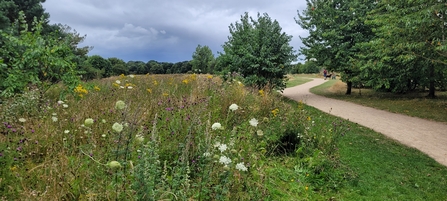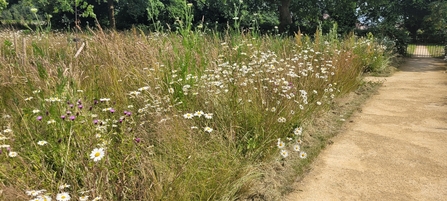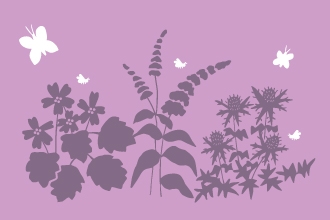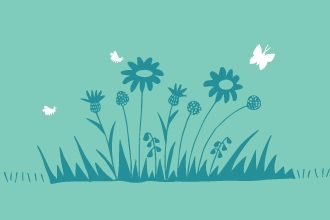Well, despite our indecisive summer weather, which has flippety-flopped back and forth between hot sweats and cold showers, there is one thing that we can be certain of; the time to prepare and plant-up pollinator patches draws ever near! Autumn is a perfect time to think about how you can help wildlife through the seasonal cycle. As well as creating places in your communities for creatures to safely sleep the winter away, we can think about creating food and shelter for insects, birds and small mammals for the following spring, summer and beyond.
Pollinator patches are wonderful little (or large) pockets that are rich in floral and nectar resources that provide food and a place to live for many species but, most importantly, bugs! I know some of you are thinking ‘Yaz, I just don’t like bugs, they are icky and I don’t want to make a home for them’. Well, beloved reader, with all due love and respect, I’ve got some tough truths for you.
In the UK, insects have declined by 60% over the last 20 years. This is a scary figure when you think about all the incredibly important roles that bugs play in our lives. They pollinate the plants that give us food, control pests, break down organic matter and give us healthy soils. Besides all of these glorious services they provide for humans, bugs (in all their forms) are essential to the health of ecosystems as a whole.






